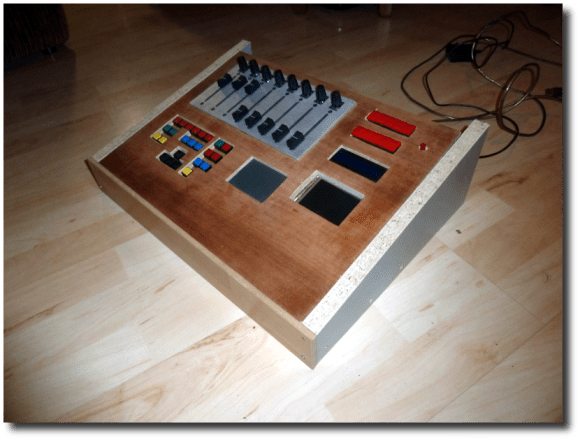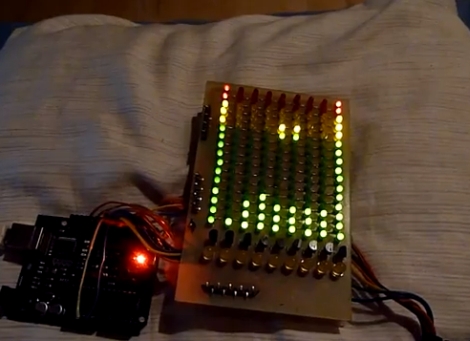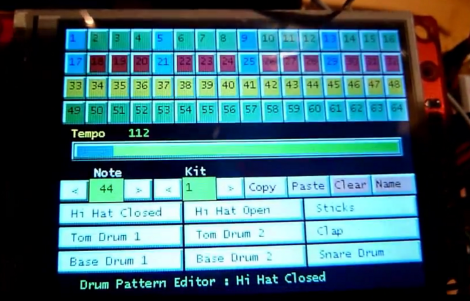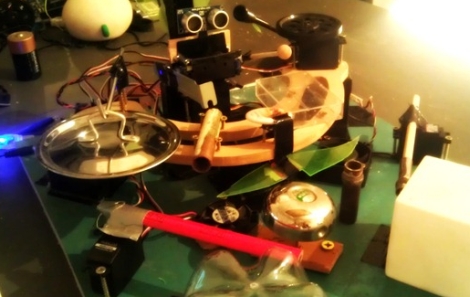The Earth orbits the Sun every 365.256 days. Because this number isn’t a whole number, an extra day is tacked onto February every four years, unless the year is evenly divisible by 100, except in cases where the year is divisible by 400, or something like that. To commemorate this calendar hack, here’s some stuff that has rolled in over the last week or so.
Marble sequencer

[Brian] sent in this marble-based sequencer that sounds like someone is running MIDI into an Atari 2600. There are photoresistors in there somewhere, and it really reminds us of those thingamagoop robots.
YouTube CLI

[Mike] uses YouTube as his music library. While this is a perfectly acceptable way to listen to music, the user interface is terrible. To solve this problem, [Mike] is downloading videos from the command line, automagically converting them to MP3, and playing them over speakers. It works well with SSH, so we’ll call this a win.
Key card lock

[valenitn] just joined the MIT Media Lab, but something was terribly wrong with his keys – an ID card was required to get into the building, but a key was necessary to get into his office. He doesn’t need the key anymore, at least since he modded his office door. Check out the video.
Pop Tart Cat is everywhere

[skywodd] saw our writeup on the Maximite Basic computer and figured he could send in a project he’s been working on. He programmed his Maximite to sing the nyan cat song and then created a BASIC music player. Nice job, [skywodd].
Not sure if brilliant or insane

[Vikash] ran across a forum post where a user named [I Shooter] describes his setup to dual-boot Windows and Linux: [I Shooter] connected data cables to a pair of SATA hard drives, one loaded up with Windows, the other with Linux. The power cables are switched using relays so only one drive is powered at a time. [I Shooter] gets a ton of points for creativity, but there’s a reason this brute force hardware dual-boot setup isn’t more common. We wish there were pictures of this one.





















